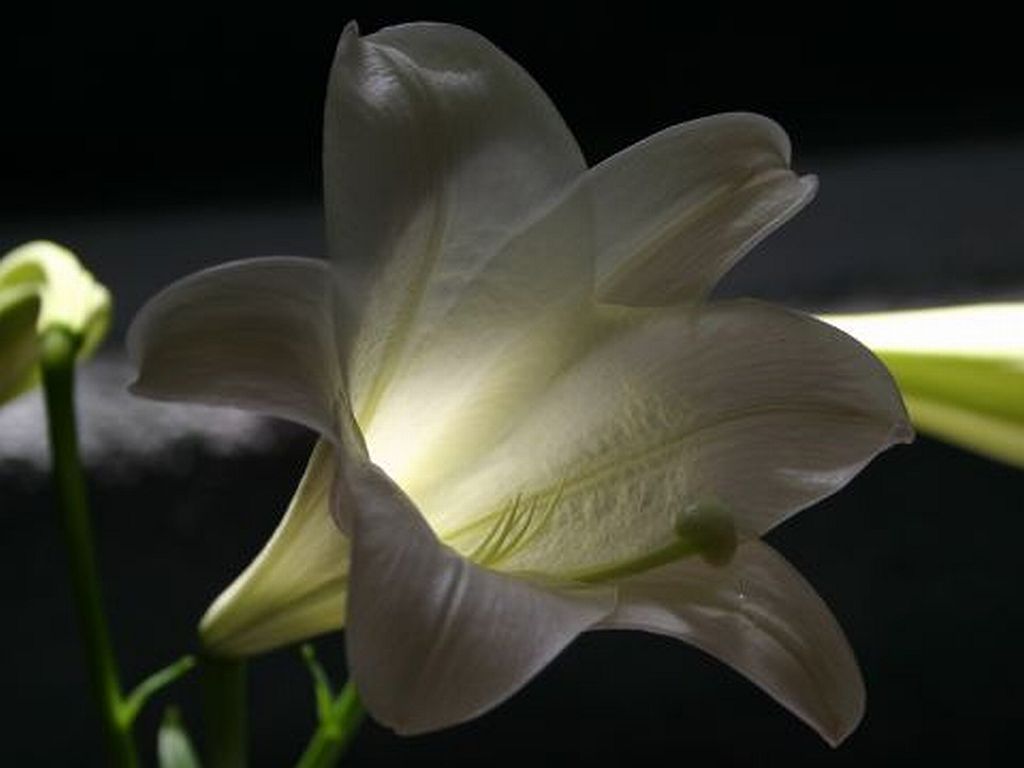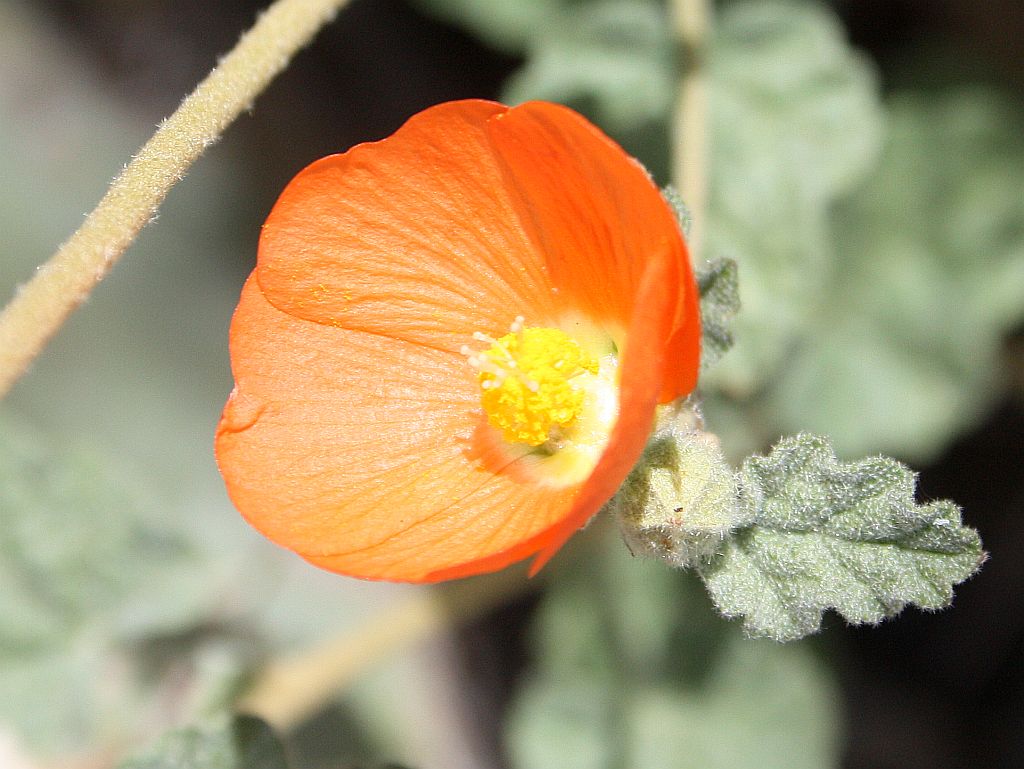March 2013
Retirement Ranch Livestock
Mom’s new home is really a ranch. There are a couple of horses and a llama (maybe an alpaca?) that graze in the pasture that is in the middle of the ranch. This horse was by the fence next to the road as we drove into the ranch to see Mom this morning. Credit Damsel for the photo. Click on the image to enlarge.
Hot Pink Beavertail Cactus Flower
Our neighbors a few blocks away have a mature beavertail cactus growing in their yard. It always seems to be the first one in the area to bloom. Click on the image to enlarge.
I took this image of one of many flowers to come today. My beavertail has a lot of flower buds and should bloom any day now. I also have many, many hedgehog buds all around the lot. More photos to come as spring progresses.
A Pretty Spring Iris
I snapped this photo of a beautiful iris flower that I spotted on the way home from a visit with Bob’s Mom today. Bob stopped the truck and I got out to get this picture. There were several other nice iris flowers, but this was the nicest picture of all the pretty iris’. Click on the image to enlarge.
Desert Globemallow
Wildflower season is here in the beautiful Sonoran desert. I love the little flowers that just seem to pop up alongside the roads here in town. Here is a little information about this tiny but beautiful flower from Wikipedia:
Sphaeralcea ambigua, commonly known as Desert Globemallow or Apricot Mallow, is a member of the genus Sphaeralcea in the mallow family (Malvaceae).
It is a perennial shrub native to parts of California, Nevada, Utah, and Arizona in the U.S. It grows well in alkaline soil, both sandy or clay, usually in the company of creosote bush scrub and desert chaparral habitats, from 490–8,200 feet in elevation. It is found in the Mojave Desert, Great Basin deserts, and Sonoran Desert ecoregions.
Click on the image to enlarge.
Quadruple Conjunction
The sun, Venus, Mars and Uranus are all gathered in the sky in tight formation. Unfortunately, without the aid of the scientific instrumentation on the Solar and Heliospheric Observatory (SOHO), nobody can observe the event because of the sun’s glare. The animation below shows the event with a solar shield in place as seen by SOHO. Refer to the link below the animation to identify the planets. (Hint: Uranus is pretty hard to see in the noise and clutter in the animation.)

Excerpt of the description of the event from SpaceWeather.com:
DAYLIGHT ALIGNMENT OF PLANETS: Venus, Mars and Uranus are gathering for a remarkable alignment. But don’t bother looking for the conjunction; it is happening in the daylight sky within a few degrees of the glaring sun. Using an opaque disk to block the glare, coronagraphs onboard the Solar and Heliospheric Observatory (SOHO) are able to track the planets.
Venus and Uranus will cross paths within 1.5 degrees of the sun on March 27-28. Mars and Venus have their own very close encounter on April 6-7. Mars will be so close to the sun throughout the month of April that it will limit NASA’s contact with the Mars rovers and orbiters.






